News
Displaying 926 - 950 of 2289
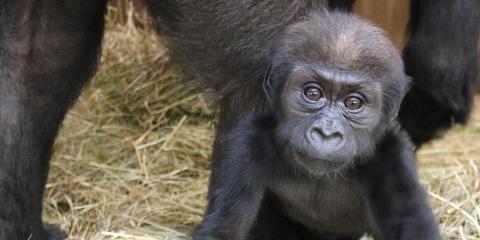
August 17, 2018
#GorillaStory: Hanging Around with Moke (and Redd)
August 15, 2018
Two Indigo Buntings Hatch at Smithsonian’s National Zoo
August 14, 2018
Endangered Przewalski’s Horse Colts Receive Names

August 10, 2018
#GorillaStory: Who Knows This Nose?
August 10, 2018
Elderly Aldabra Tortoise Dies at Smithsonian’s National Zoo
August 08, 2018
Elderly Emu Dies at Smithsonian’s National Zoo
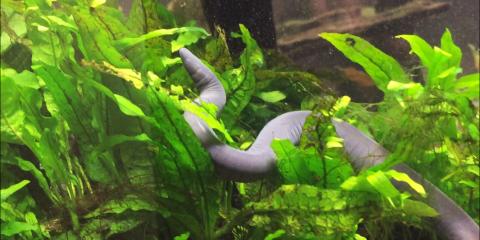
August 03, 2018
New at the Zoo: Wiggly and Wonderful Caecilians
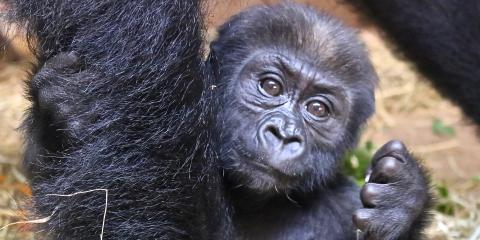
August 03, 2018
#GorillaStory: Make Way for Moke
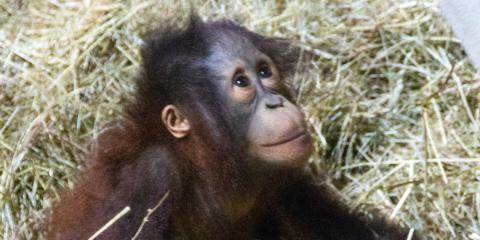
August 02, 2018
#OrangutanStory Update: Redd Is Turning Two

July 27, 2018
#GorillaStory: Moke Displays His Dominance
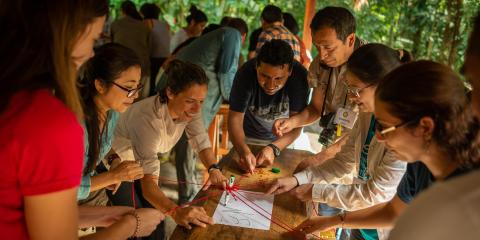
July 20, 2018
Building a Future for Biodiversity
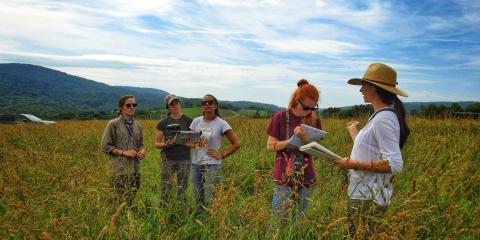
July 20, 2018
All Atwitter About Drones
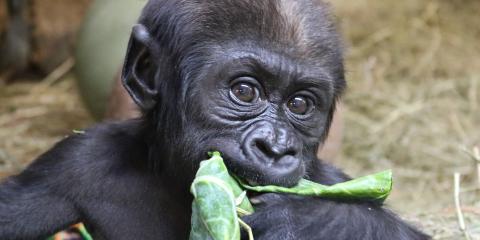
July 20, 2018
#GorillaStory: Moke and Mandara

July 18, 2018
Perimeter Fencing and Security Plan
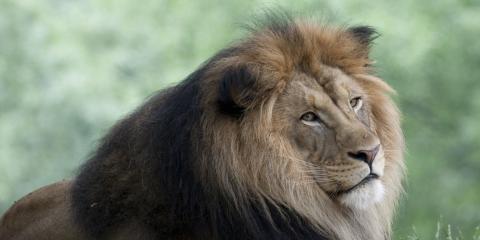
July 16, 2018
Happy National Zookeeper Week!

July 13, 2018
#GorillaStory: Moke and Kibibi
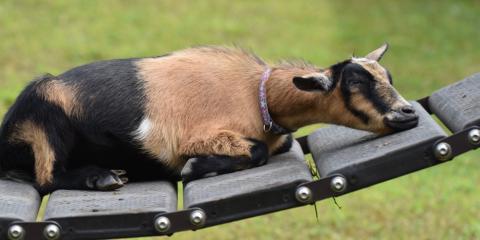
July 11, 2018
5 Surprising Kids’ Farm Animal Facts
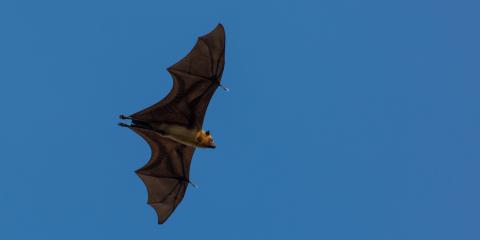
July 06, 2018
Field Notes: Myanmar's Flying Foxes
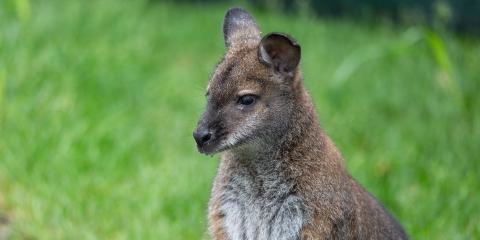
July 06, 2018

